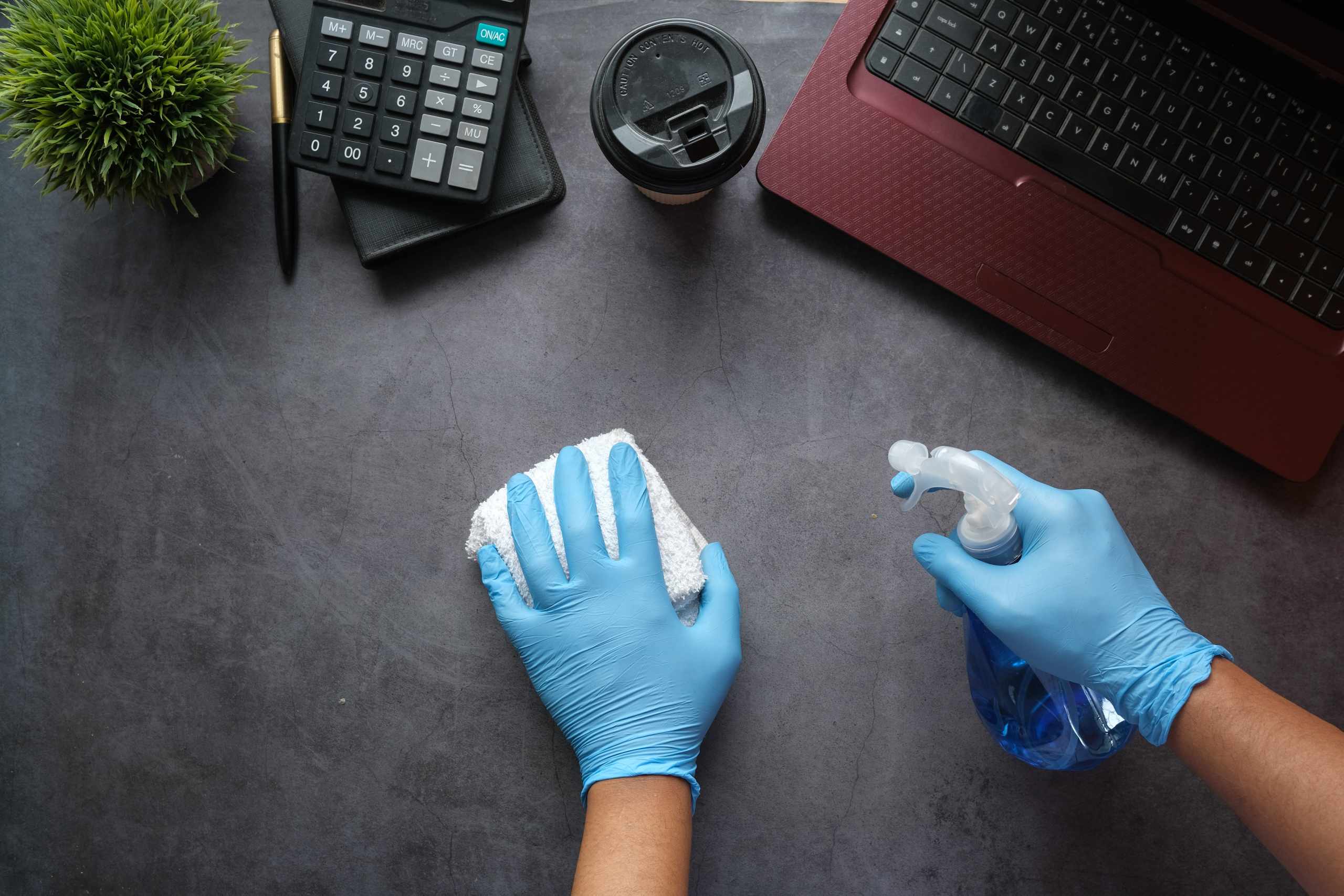Ever heard someone say that they took so much of xyz medication that now it does not work on them anymore? They are only partially right – it is possible that the medication does not work anymore, but it is more likely that the virus or bacteria causing their ailment has become resistant to the medication than that the person telling the story has become resistant to the medication.
Resistance to medication does not work like alcohol where you drink so much that now “two drinks do nothing to you”. Humans and animals do not become resistant to antibiotics and other antimicrobial drugs. Instead, the virus and bacteria that the drugs are supposed to target, become resistant to them.
So what exactly is antimicrobial resistance?
Antimicrobial resistance is a resistance developed by all manner of microbes to antimicrobials, that is antibiotics, antivirals, antifungals and antiparasitics. The result is that the drugs become ineffective, or stop working on the microbes altogether.
Why antimicrobial resistance is a big deal
As you can imagine, this is a very serious and dangerous problem because it means that the disease caused by the given drug can become more challenging – or even impossible – to treat. Microbes are smart and clearly, genetically highly adaptive. They are able to genetically mutate so that they become resistant to certain antimicrobials – or the drugs used to combat them – over time.
Causes of antimicrobial resistance:
Basics first: survival instinct and adaptation are built into all living things. That includes microbes. Virus, bacteria, fungi and parasites will adapt to survive. Just like we adapted from homo halibilis to the homo sapiens form we take today, these microbes adapt too. They do not invent fire and currency and borders and automobiles for their survival; they simply learn defense mechanisms to various antimicrobials.
Some examples of their defense mechanisms, as described by WHO:
- Restricting, limiting or disallowing the antimicrobials from touching them using various methods, including their own protective membranes
- Adapt so that they can produce pumps and throw all the antimicrobial medication out of your cells
- Produce protein to break down the antimicrobial
- Develop new processes to attack your cell altogether, bypassing the antimicrobial’s course of action
- Change the way the cell appears so that the drug cannot latch on to it
(yes, they are that smart).
The more interaction that they have with antibiotics; the more time they have to keep changing their battle strategy. Think about it as two armies at war. One army can shapeshift at will (the microbes) and the other army (antimicrobials) needs to be replaced by a new army once the microbes adapt and outsmart them. The new army (new antimicrobials) take time to develop and it is possible that the pharma industry will run out of ideas. WHO states on its website, that “the clinical pipeline of new antimicrobials is dry. In 2019 WHO identified 32 antibiotics in clinical development that address the WHO list of priority pathogens, of which only six were classified as innovative.”
With the microbes becoming smarter, drugs that have adapted to the adaptations of the microbes becoming slower, antimicrobial resistance is becoming a bigger and bigger issue.
What is the world doing to combat a possible antimicrobial resistance crisis
The World Health Organization took note of antimicrobial resistance as a real problem two decades ago, in 2001. A framework for a global action plan was set up by the World Health Assembly in 2015. This was also the year that World Antibiotics Awareness Week was launched.
Meanwhile, in 2016 Heads of State at the United Nations General Assembly in New York put their heads together to talk about antimicrobial resistance. They realized a need for coordination and a committee – the Interagency Coordination Group (IACG) on AMR – was convened at the same event.
The committee took three years but when it finally came out with its findings, the message to the world was dire. The report was titled“No time to wait: Securing the future from drug-resistant infections” and the recommendations of the report are supposedly now being rolled out globally.
Meanwhile, WHO is also coordinating at Global Leaders Group on AMR, which began its work about a year ago in November 2020. This group will be part of a three-part action force and it has extended the scope of the antibiotics awareness group launched in 2015. As of 2020 the initiative is now called Antimicrobials: Handle With Care, to be held between 18 and 24 November annually.
Sounds like a lot of talk (and committee formation) and no action? Well, the fact is that you are sitting here reading this article and that is a definitive step in the right direction. The more medical people, peripheral health industry workers (including pharmacists) and regular people – just like you – who know about antimicrobial resistance, the higher the chances that people will become more conscious about using and dispensing antibiotics.
Conclusion: Today, we still get a lot of hard antibiotics – that should be sold only with a prescription – easily over the counter. However, people should consider how frequently they are using these and whether they really need to go as far as taking a course of antibiotics every time they seem to have a slight cold or flu.
Many people – particularly the growing number of corporate slaves – find it preferable to pop antibiotics instead of having a confrontation or getting into trouble for taking a day or two off when they are unwell. They might pass on the same mentality to their children, medicating them so that they do not miss school, college and tuition classes.
Combating this thought process and being mindful about antibiotic consumption side by side represents a viable first step that everyone can partake in, thereby making a real difference. It is recommended that a single person takes no more than 9 daily antibiotic doses per year.

